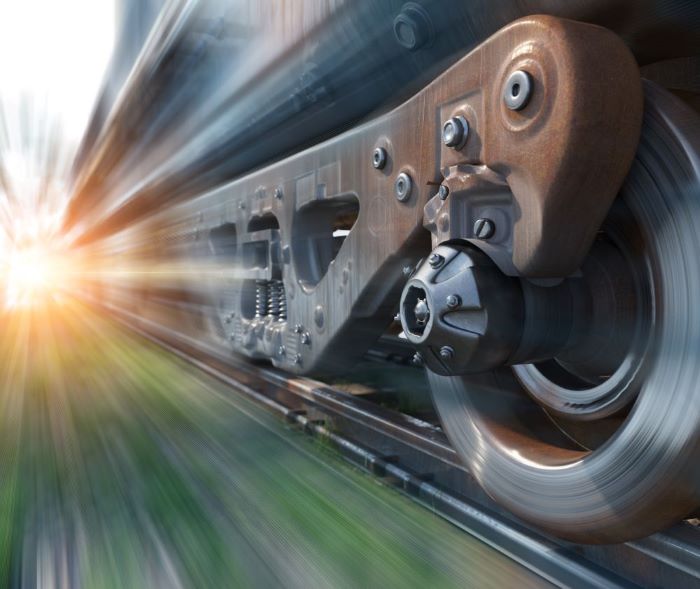Digitisation is transforming Australia’s rail networks
Right now, most signalling systems across Australia rely heavily on physical infrastructure, operating much like the traffic lights on our roads. Many systems are now reaching their end of life. They are more prone to failure and can cause major network disruptions. They are also costly to maintain and repair.
New digital technologies are changing this. They monitor the location and speed of trains in real time and instantly send information between trains, tracks and control rooms.
The systems rely less on human factors. They are more reliable and will allow for more train services to run safely on the same track and carry more people and freight between Australia’s cities, regions and ports.
Coordinating the rollout of new technologies
If network owners develop their own bespoke systems using different technologies, then the systems will not interface with each other and the full benefits will be lost.
That is why the NTC is working with all governments and industry to coordinate the rollout of new digital signalling systems.
Through the National Rail Action Plan (NRAP) we are ensuring the technologies are interoperable and introduced consistently across Australia. This will allow our rail networks to operate as one integrated rail system.
Greater alignment across systems will mean that:
- trains are fitted with a single set of onboard equipment
- complex and expensive track-side equipment is not duplicated
- management, maintenance and training costs are reduced
- more trains can run on shared tracks
- safety improves as there is less risk of human error.
Right now, the NTC is identifying a train control and signalling interoperability pathway across Australia’s major freight and passenger rail lines, starting with the eastern seaboard.
Through NRAP, we’re also establishing a set of common principles to guide the consistent rollout of the systems. And developing a cost sharing framework, to ensure that interoperability costs and benefits from the rollout are shared fairly.
Other changes as part of NRAP include:
- the development of new mandatory standards to lock in interoperability of digital systems for the future
- implementing recommended amendments to the National Rail Safety Law (RSNL) which will require operators on the NNI to develop an Interoperability Management Plan. And to show that they have identified and considered national interoperability impacts when making changes to their network.
Benefits of rail interoperability
A coordinated rollout of digital train control systems will:
- improve freight reliability and transit times
- increase punctuality and reliability of passenger services
- reduce training costs and improve worker mobility
- improve safety
- lower carbon emissions through more efficient train operations
- improve supply chain competition, increasing opportunity for local manufacturers
- avoid conventional lineside signalling costs
- help future proof networks for fast rail.
How to participate
If you'd like to express interest in the National Rail Action Plan and program, or ask us a question about our work, send us an email as we'd like to hear from you.
